
The two basic families of simple machines are the lever family and the inclined plane family. Within the lever family are the simple lever, the pulley and the wheel and axle. Within the inclined plane family are the simple inclined plane, the wedge and the screw. These simple machines create mechanical advantage when you use them, as they allow you to exert more force with less energy on loads that you could not ordinarily move.
Levers -- Simple Lever
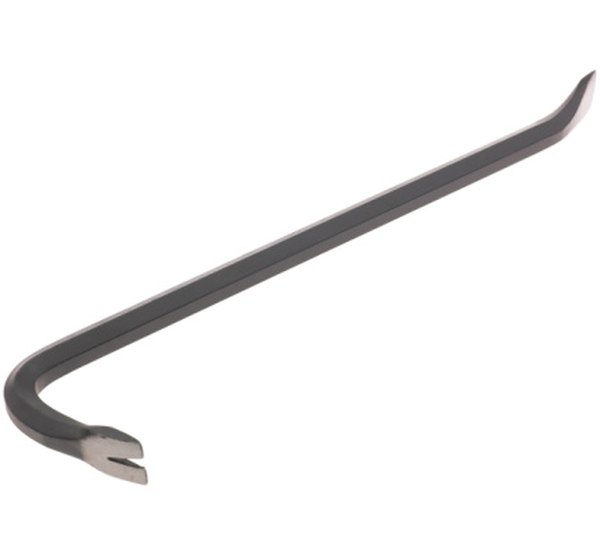
The best illustration of a simple lever is a seesaw that you might find on a playground. It consists of a long narrow platform balanced on a fulcrum. Instead of two children using the seesaw, imagine that the load that you want to lift is resting on one end and you press down on the other. The position of fulcrum determines the effectiveness of the lever. The closer the fulcrum is to the load, the more leverage you achieve. This is why crowbars have their shape. The small bend at the end of the crowbar is the fulcrum positioned as close as possible to the load you want to pry loose.
Levers -- Pulley
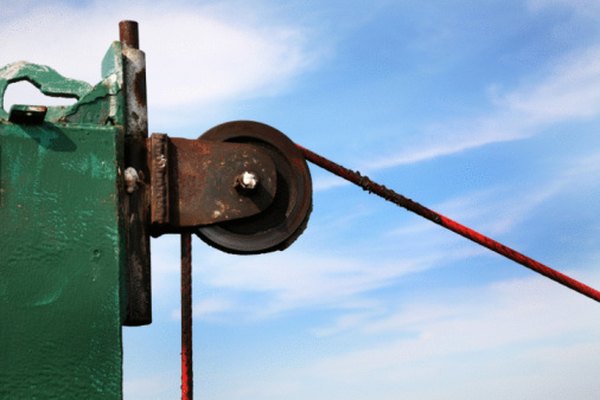
The pulley is a simple machine consisting of a rope you pull over a wheel. You attach one side the rope to the load you want to move and you pull on the rope on the other side of the wheel. If you attach the pulley to a solid object, such as the side of a building or a ceiling, this creates a fixed pulley and your mechanical advantage is one. This means that you have to exert the same amount of force as the weight of the load to lift it off the ground. If you attach the pulley directly to the load and you allow the pulley to move along the rope, this movable pulley will yield a mechanical advantage of two or more. Compound pulleys are a combination of fixed and movable pulleys.
Levers -- Wheel and Axle
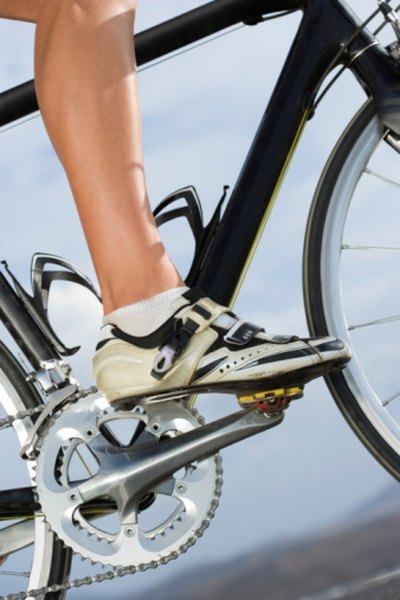
With the wheel and axle, you apply a force to the wheel and the force multiplies and transfers to the axle, which rotates and exerts a force on some other object, usually through a rope. The best example of this simple machine is the bicycle. You push the outer pedals with your feet and this transfers the force to the axle and the gears, which moves the back wheel.
Inclined Plane -- Simple Inclined Plane
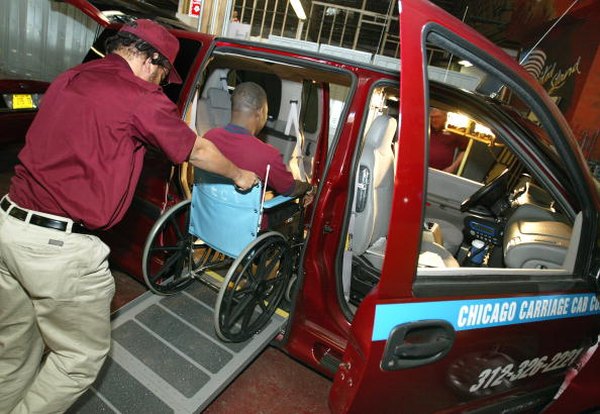
The wheelchair ramp is an example of the simple inclined plane. Imagine trying to lift a 150-lb. person in a wheelchair three feet in the air. It would be very difficult for you and impossible for the person in the chair. Yet, if the ramp is long enough, either you or the person in the wheelchair can push the wheelchair three feet off the ground. The inclined plane works by turning the horizontal pushing force into a vertical lifting force. You expend the same amount of energy because you have to push the wheelchair over the distance of the ramp, but your body won't have to endure the strain of a lifting the wheelchair straight up.
Inclined Plane -- Wedge
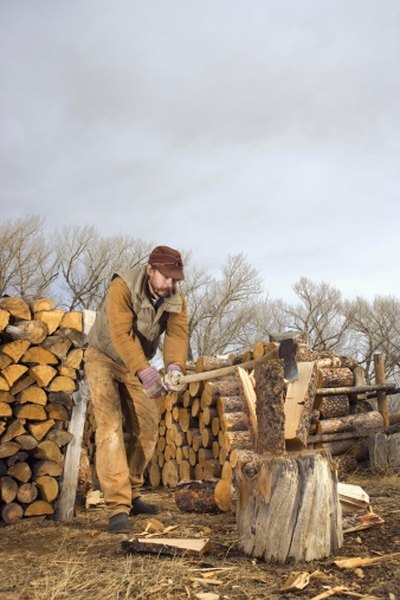
The wedge is a simple machine you use for splitting loads like wood or rocks. It is an elongated triangular device with a narrow flat base. After placing the point of the wedge into a crevice in the rock or wood, you strike the flat edge with a mallet. The downward force of the mallet divides into two directions, perpendicular to the sides of the wedge, which causes the load to split. An ax blade is an example of a wedge.
Inclined Plane -- Screw

The screw turns a rotational force into a linear force. For example, when you drive a screw into a wall you twist the screwdriver in a circle but the screw moves in a linear direction deeper into the wall. The same principle applies to vises and jar lids.
References
- Scholastic: Dirtmeister's Science Reporters -- Simple Machines -- The Lever
- Scholastic: Dirtmeister's Science Reporters -- Simple Machines -- The Pulley
- Scholastic: Dirtmeister's Science Reporters -- Simple Machines -- The Wheel and Axle
- Scholastic: Dirtmeister's Science Reporters -- Simple Machines -- The Inclined Plane
- Scholastic: Dirtmeister's Science Reporters -- Simple Machines -- The Wedge
About the Author
Liz Frazier has been producing Web content, instructional articles and trivia for websites such as TopTenz.net and RealDealTechnologies.com since 2008. Her writing interests lie primarily in the areas of politics (specifically public administration and elections), the military, education and forced migration. Frazier has a Bachelor of Arts degree in political science from California State University, Northridge.
Photo Credits
Polka Dot Images/Polka Dot/Getty Images
